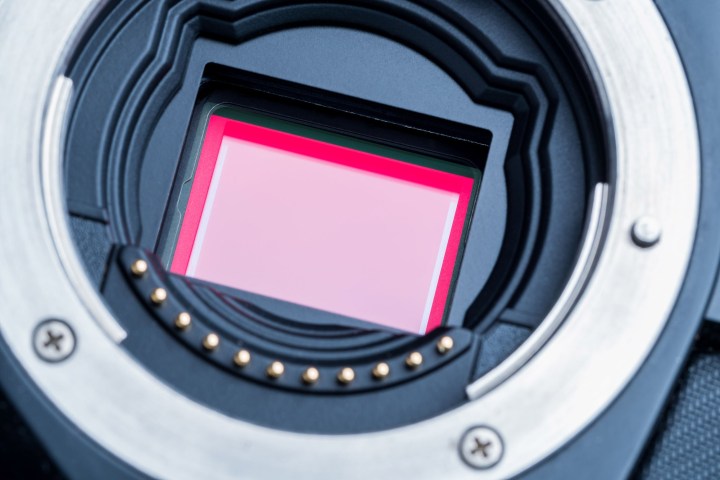
A recent announcement from Tamron Japan showcases an all-new imaging sensor that’s more sensitive than the human eye and captures an incredible amount of dynamic range.
The new sensor is being developed in partnership with the Japan Science and Technology Agency (JST). The main purpose of the joint endeavor is to create an imaging sensor that’s capable of consistently outputting high dynamic range imagery in incredibly low-light conditions — something that’s proven to be a massive challenge in the past.

As seen in the comparison image above, the developmental system seems more than capable of outputting remarkably clear images, despite the scene appearing almost pitch black to the human eye.
To achieve these results, Tamron combines its optical technology with an extremely sensitive sensor and a powerful image processor. Together, these three components create a camera that’s able to capture clear, full-color images with a brightness of just 0.003 lux; approximately the brightness of a scene lit only by starlight.
The optics developed for this system utilize an ultra-low reflection technology, which helps reduce artifacts that typically appear in high-sensitivity sensors. The proprietary CMOS sensor used in the system works hand-in-hand with a custom digital noise-reduction technology that keeps the image clear without distorting it, and a luminance technology that pulls as much information as possible from the image while keeping dynamic range at a maximum.
There’s no information on when Tamron expects this technology to make it to market, but its intended applications don’t appear to be oriented toward consumer cameras. It’s more likely this sensor technology will be used for industrial purposes. Still, it’s tech like this that will eventually inspire the next generation of DSLR and mirrorless cameras.




